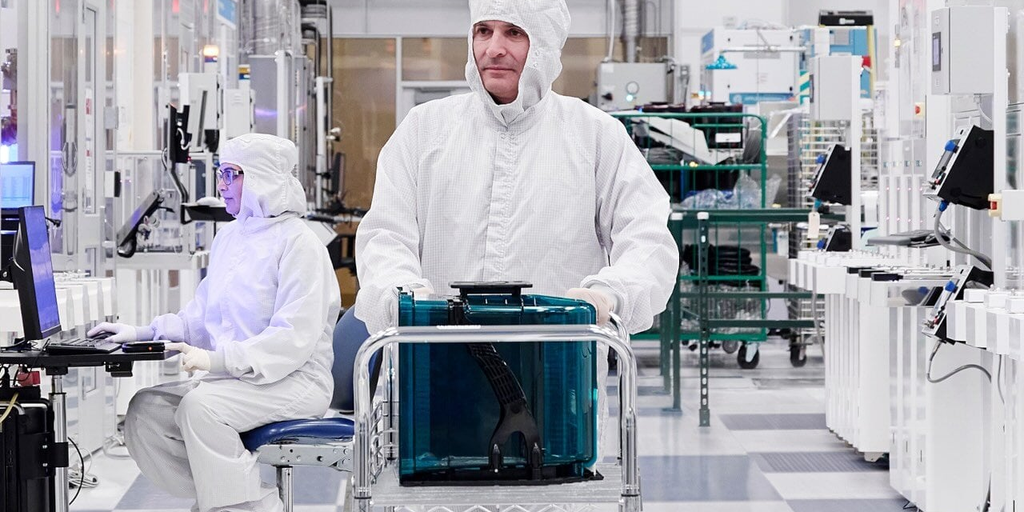IBM’s Nighthawk Pushes Toward Fault Tolerance—But Bitcoin’s ‘Q‑Day’ Remains Far Off
IBM unveils Nighthawk (120 qubits) and Loon, targets community-verified quantum advantage by 2026 and steps to fault tolerance by 2029—what that really means for Bitcoin’s Q‑Day.

Because Bitcoin
November 13, 2025
The quantum news cycle loves raw qubit counts. The real story here is error correction. IBM’s new Nighthawk and Loon processors, paired with fresh software and fabrication upgrades, aim to convert today’s noisy machines into platforms that can actually sustain deep circuits—an essential precursor to any credible threat to Bitcoin’s elliptic curve cryptography.
IBM now guides to community-verified quantum advantage by 2026, with milestones toward fault tolerance by 2029. In parallel, Google’s October result with its Willow processor—showing a verified quantum speed-up on a physics simulation—has stoked long-horizon worries around crypto security. The reaction is understandable, but the attack path on Bitcoin still hinges on fault-tolerant execution of large-scale algorithms, not headline benchmarks.
Why error correction is the choke point - Bitcoin’s ECDSA/Schnorr security is not at risk from today’s devices. Breaking it would require roughly 2,000 logical qubits—on the order of tens of millions of physical qubits once error correction is included. That’s the gap that matters. - IBM’s Nighthawk, at 120 qubits, focuses on quality and connectivity: 218 tunable couplers (about 20% more than 2023’s Heron), enabling circuits roughly 30% more complex and supporting up to 5,000 two-qubit gates. Early systems arrive to users by the end of 2025, with roadmapped iterations exceeding 1,000 connected qubits by 2028. - Loon is positioned as the experimental bridge to fault tolerance, demonstrating the key hardware pieces: long-range “c-couplers” linking distant qubits and mid-circuit reset capability. IBM reports a 10x speedup in error decoding, hitting real-time correction under 480 nanoseconds with qLDPC codes—a milestone they say came a year ahead of plan.
The supporting stack matters as much as the chip IBM is pairing hardware with software and manufacturing moves that compress iteration cycles: - Qiskit updates include dynamic circuits that improved accuracy by 24% at the 100-qubit scale. A new C-API links Qiskit to high-performance classical systems, accelerating error mitigation and, by IBM’s account, cutting the cost of extracting accurate results by over 100x. - By 2027, IBM plans libraries for machine learning and optimization to better model physical and chemical systems—where early quantum utility is most plausible. - An open-source quantum-advantage tracker, built with Algorithmiq, the Flatiron Institute, and BlueQubit, aims to benchmark quantum vs. classical claims in the open—useful discipline for a field that can drift into hype. - Fabrication moved to a 300 mm wafer line at the Albany NanoTech Complex, which IBM says has doubled research speed, increased chip complexity tenfold, and enabled multiple processor designs in parallel.
Putting ‘Q‑Day’ into perspective Nighthawk is a thoughtful step: more couplers, deeper circuits, better decoding, and tighter classical-quantum integration. For Bitcoin, the signal is that progress is steady, not sudden. Even with IBM’s Starling roadmap targeting a large-scale, fault-tolerant system by 2029, the distance from 120 physical qubits to thousands of logical qubits—with sufficient fidelity and circuit depth for Shor-type attacks—remains substantial.
Markets may still trade the headline. Practitioners should track three metrics instead: 1) Logical-qubit counts, not just physical qubits. 2) Error-correction latency and stability (the 480 ns qLDPC number is the right kind of datapoint). 3) Verified, task-relevant advantage via transparent benchmarks.
IBM’s leadership argues it is uniquely positioned to scale hardware, software, fabrication, and error correction together. That integrated push, plus outside verification, is the right approach. The Bitcoin ecosystem, meanwhile, should continue measured work on post-quantum pathways while recognizing that today’s advances narrow uncertainty bands rather than trigger an immediate Q‑Day.
